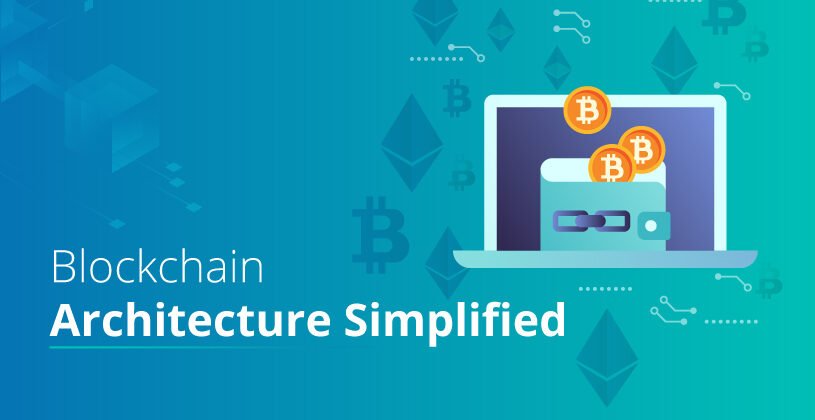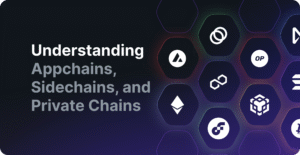In 2025, blockchain technology powers everything from Bitcoin to NFTs, but how does it work under the hood? Blockchain architecture is the structure that makes these systems secure, transparent, and decentralized. This beginner-friendly guide breaks down the key components of blockchain—blocks, chains, consensus, and more—in simple terms, helping you understand the tech behind cryptocurrencies and why it’s revolutionary.
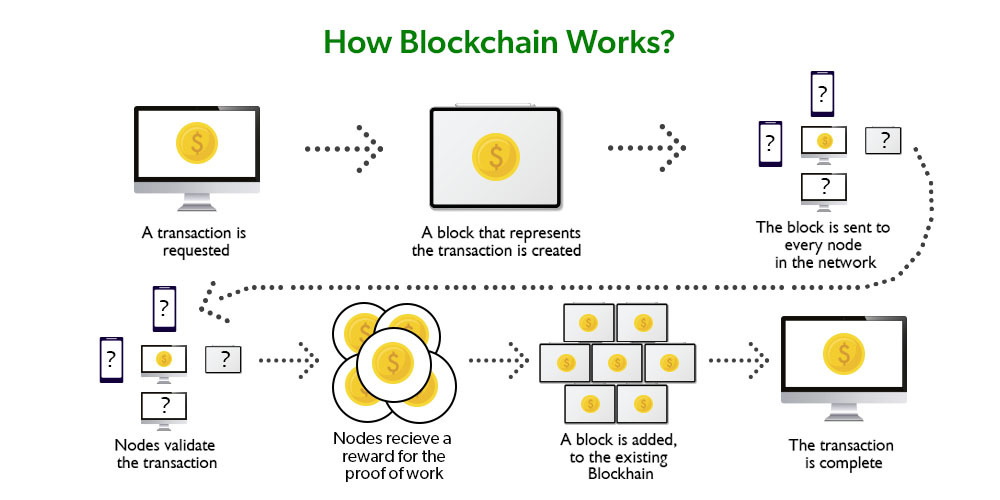
What Is Blockchain Architecture?
A blockchain is a digital ledger that records data, like transactions, across many computers. Its architecture is the framework that keeps it secure and tamper-proof. Think of it as a chain of locked boxes (blocks) where each box holds information and is linked to the one before it, with no central boss controlling the chain.
Key Idea: Blockchain’s design ensures trust without needing a middleman, like a bank.
Why It Matters: This architecture enables secure crypto payments and decentralized apps (DApps).
Tip: Learn blockchain basics on CoinDesk.

Core Components of Blockchain Architecture
Blockchain architecture has several building blocks that work together. Let’s explore each one in simple terms to see how they create a secure system.
1. Blocks: The Data Containers
A block is like a page in a notebook, storing data such as transactions (e.g., “Alice sent $10 to Bob”). Each block contains:
- Data: The information, like transaction details.
- Timestamp: When the block was created.
- Hash: A unique code (like a fingerprint) for the block.
- Previous Hash: The hash of the prior block, linking them.
Example: In Bitcoin, a block holds about 2,000 transactions and is added every 10 minutes.
Why It Matters: Blocks keep data organized and secure, with hashes preventing tampering.
Tip: Read about blocks on Binance Academy.

2. Chain: Linking Blocks Together
The “chain” in blockchain comes from linking blocks using hashes. Each block’s previous_hash field points to the prior block, forming a chronological chain. If someone alters a block, its hash changes, breaking the chain and alerting the network.
Example: Changing “$10” to “$100” in a Bitcoin block invalidates all later blocks, making fraud obvious.
Why It Matters: The chain ensures data integrity, as tampering is easily detected.
Tip: Explore chain security on Cointelegraph.
3. Nodes: The Network’s Computers
Nodes are computers running the blockchain software, storing a copy of the entire chain. They communicate to keep the ledger updated and agree on its state. There are two main types:
- Full Nodes: Store the whole blockchain (e.g., Bitcoin’s 500GB+ in 2025).
- Light Nodes: Store only recent data for faster access, used in mobile wallets.
Example: In Ethereum, thousands of nodes worldwide ensure no single failure can stop the network.
Why It Matters: Nodes make blockchains decentralized, with no central control.
Tip: Learn about nodes on r/blockchain.
4. Consensus Mechanisms: Agreeing on Truth
Consensus is how nodes agree on which blocks are valid, preventing conflicts. Popular mechanisms include:
- Proof of Work (PoW): Used by Bitcoin, miners solve puzzles to add blocks, requiring energy-intensive computing.
- Proof of Stake (PoS): Used by Ethereum 2.0, validators stake coins to propose blocks, saving energy.
Example: In 2024, Ethereum’s PoS cut energy use by 99%, making it eco-friendly.
Why It Matters: Consensus ensures all nodes trust the same ledger, preventing double-spending.
Tip: Compare PoW vs. PoS on CoinGecko.
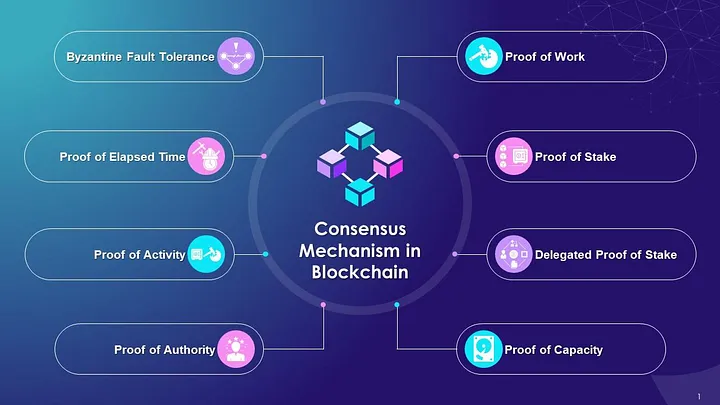
5. Cryptography: Securing the System
Cryptography protects blockchain data with techniques like:
- Hashing: Creates unique block IDs using algorithms like SHA-256.
- Public-Private Keys: Users sign transactions with private keys, verified by public keys, ensuring only owners can spend funds.
Example: Your Bitcoin wallet’s private key lets you send coins, while the public key proves it’s you.
Why It Matters: Cryptography makes blockchains nearly impossible to hack.
Tip: Understand cryptography on Binance Academy.
How Blockchain Architecture Works Together
Let’s see how these components create a working blockchain, using Bitcoin as an example:
- Transaction: Alice sends $10 to Bob, recorded as data.
- Block Creation: A miner groups Alice’s transaction with others into a block, adding a timestamp and hash.
- Consensus: The miner solves a PoW puzzle to validate the block, earning a reward.
- Chaining: The block’s hash links to the previous block, extending the chain.
- Distribution: Nodes update their copies of the chain, ensuring everyone sees Alice’s $10 transfer.
- Security: Cryptography ensures only Alice could sign the transaction.
Example: In 2024, Bitcoin’s architecture processed $1T in transactions securely, with no central bank.
Tip: Watch a blockchain transaction flow on Blockchain.com.

Types of Blockchains
Not all blockchains are the same. Here are the main types and their architectures:
1. Public Blockchains: Open to anyone, like Bitcoin and Ethereum. Fully decentralized, with nodes worldwide. Slow but secure.
2. Private Blockchains: Restricted access, used by businesses. Centralized control, faster but less transparent.
3. Consortium Blockchains: Hybrid, run by a group of organizations. Balances speed and decentralization.
4. Hybrid Blockchains: Mix public and private features, like public data with private transactions.
Example: Ethereum is public, letting anyone build DApps, while Hyperledger is private for enterprise use.
Why It Matters: The type affects speed, cost, and use cases, like payments vs. supply chain tracking.
Tip: Explore blockchain types on CoinDesk.
Benefits of Blockchain Architecture
This architecture makes blockchains unique in 2025, offering:
- Decentralization: No single point of failure, unlike banks.
- Transparency: Anyone can view public blockchain data, building trust.
- Security: Cryptography and consensus prevent hacks.
- Immutability: Once data is added, it’s nearly impossible to change.
Example: In 2024, Ethereum’s transparent ledger ensured NFT ownership was verifiable.
Tip: Learn real-world uses on Cointelegraph.
Challenges of Blockchain Architecture
Despite its strengths, blockchain architecture has limitations:
- Scalability: Public blockchains like Bitcoin process only 7 transactions per second, vs. Visa’s 24,000.
- Energy Use: PoW consumes massive electricity, though PoS helps.
- Complexity: Running a full node requires storage and tech know-how.
- Regulation: Governments may restrict decentralized systems.
Example: Bitcoin’s slow speed in 2024 caused high fees during peak demand.
Tip: Follow scalability solutions on r/cryptocurrency.
How to Start Exploring Blockchain Architecture
Ready to dive deeper? Follow these beginner-friendly steps to understand and experiment with blockchain architecture in 2025.
1. Learn the Basics
Build a foundation with free resources.
How to Do It:
- Read “What is Blockchain?” on Binance Academy.
- Watch a Coin Bureau YouTube video on blockchain components.
- Explore CoinDesk Learn for beginner guides.
Example: Binance Academy’s blockchain course clarified consensus for a beginner.
2. Run a Node
Try running a light node to see blockchain architecture in action.
How to Do It:
- Download a wallet like MetaMask to interact with Ethereum.
- Connect to a test network like Sepolia to explore blocks.
- Use Blockchain.com to view Bitcoin’s chain.
Example: A MetaMask user viewed Ethereum’s testnet blocks to learn chaining.
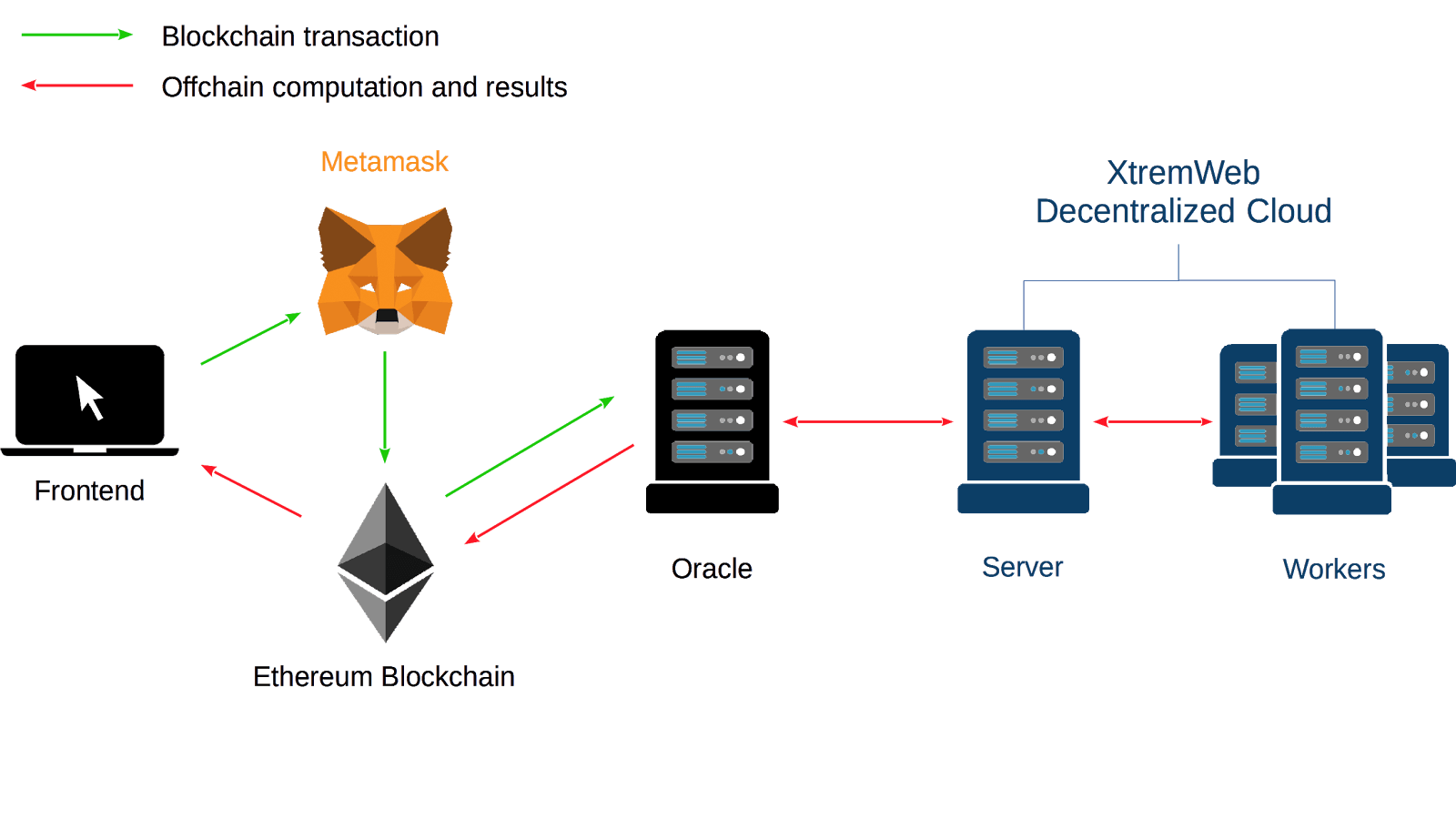
3. Build a Simple Blockchain
Code a basic blockchain to understand its architecture hands-on.
How to Do It:
- Use Python to create blocks and hashes, as shown in freeCodeCamp tutorials.
- Test linking blocks with a genesis block.
- Share your code on GitHub for feedback.
Example: A beginner’s Python blockchain project clarified hashing in 2024.
4. Join the Community
Engage with others to deepen your knowledge.
How to Do It:
- Join r/blockchain to ask about consensus.
- Follow @Ethereum on X for architecture updates.
- Participate in Discord’s crypto dev groups.
Example: A Reddit thread helped a beginner understand PoS in 2024.
What to Watch Out For
Blockchain architecture is powerful, but beginners should be aware of:
- Misinformation: X posts may oversimplify or hype blockchain. Verify with CoinGecko.
- Complexity: Running a full node requires storage and bandwidth.
- Scams: Fake “blockchain” projects on X steal funds. Stick to trusted sources.
- Volatility: Blockchain-based crypto can be risky. Only invest what you can lose.
Tip: Check scam alerts on r/cryptocurrency.
Conclusion
In 2025, blockchain architecture—blocks, chains, nodes, consensus, and cryptography—drives secure, decentralized systems like Bitcoin and Ethereum. Understand blocks and hashes with Binance Academy, explore nodes via MetaMask, and build a simple chain with freeCodeCamp. Stay informed on Cointelegraph, join r/blockchain, and verify claims with CoinGecko. With this knowledge, you’ll grasp blockchain’s power and maybe even create your own crypto project!

